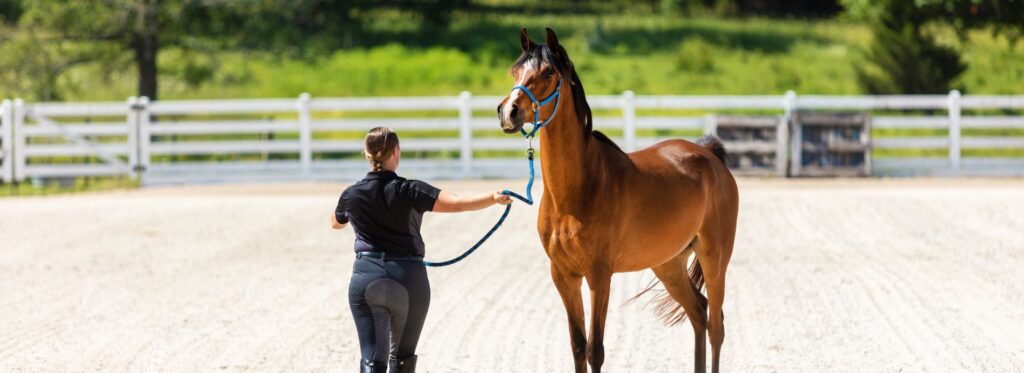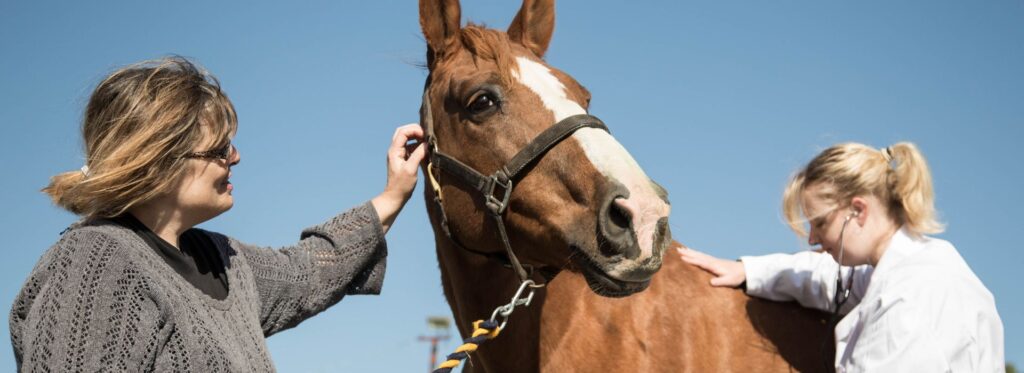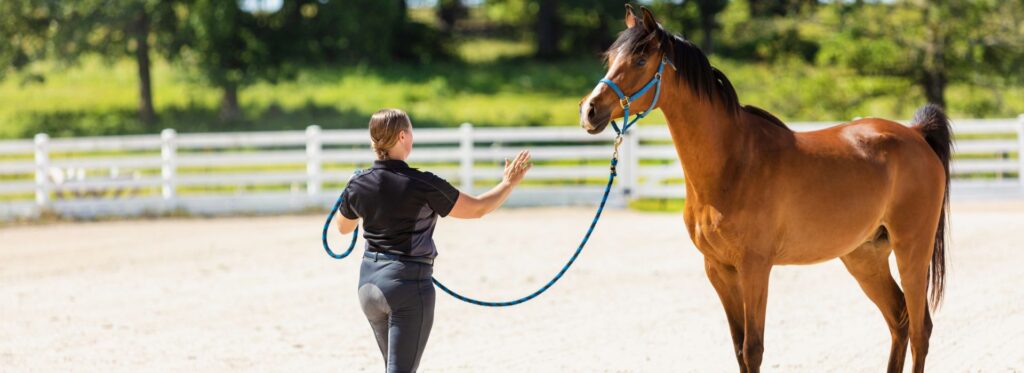So you’ve got a horse that’s started under saddle. Maybe they walk, trot, and canter. Maybe they stop when asked and don’t buck at every shadow. But they’re not fully trained yet.
Now you’re thinking of selling.
And wondering…
What should I charge for this horse?
You’re in the right place.
Let’s break it down, nice and simple.
What Counts as “Basic Training,” Anyway?
This part matters. Because buyers want to know exactly what your horse can—and can’t—do.
A horse with “basic training” usually:
-
Stands tied
-
Leads, loads, and picks up feet
-
Walks, trots, and canters under saddle
-
Steers and stops (even if not perfectly)
-
Maybe has been ridden outside the round pen once or twice
They’re not a show horse. Not a kid horse.
But they’ve got a start—and that’s worth something.
Some folks call them green broke. Others say lightly started.
Whatever words you use, just be clear and honest about what the horse knows.
What’s a Fair Price for a Lightly Trained Horse?
Okay, here’s what we’re seeing in the 2024–2025 market:
| Training Level | Average Price Range |
|---|---|
| 60–90 days under saddle | $3,000 – $6,000 |
| Groundwork only, no rides yet | $1,500 – $3,000 |
| Light trail or arena exposure | $4,000 – $7,000 |
| “Started” but needs finishing | $2,500 – $5,000 |
That’s a general range. Your actual price depends on a few other things too—like breed, age, health, and how the horse acts.
For example, a calm 4-year-old gelding with 60 days on him might go for more than a hot-headed 8-year-old with the same amount of work.
How do you feel your horse stacks up? More finished? Or still a little raw?
What Makes the Price Go Up (Or Down)
Let’s walk through what else can affect your price—besides training.
1. Temperament
Is your horse calm? Quiet? Forgiving? That adds value—even with just a few rides under their belt.
Buyers love a horse that stays level-headed, even if they’re green.
If your horse’s first reaction to a plastic bag is “whatever”—you can ask a little more.
2. Age
Sweet spot is 4–10 years old. Younger horses may go for less, especially if they’re still learning.
Older green horses? That’s a tougher sell. Most buyers think, “Why isn’t it finished yet?”
3. Breed and Build
Let’s be honest—some buyers pay more for pretty.
-
Fancy breed or color? Adds a bit.
-
Grade horse with a plain build? Might need a lower asking price unless they’re super gentle.
-
Stocky trail-type geldings sell well right now.
4. Health and Vet Records
Got current coggins? Up-to-date shots? Hooves trimmed?
A healthy, well-cared-for horse makes a better first impression—and usually sells faster.
Use the Horse Price Calculator to Get a Range
If you’re still unsure where to start, use the free Horse Price Calculator.
It asks about your horse’s:
-
Training
-
Age
-
Breed
-
Health
-
Location
-
Gender
And then gives you a price range based on real-world listings.
Way better than pulling a number out of thin air.
How to Market a Horse with Basic Training
Now let’s talk about how to show off what your horse can do—without overselling.
Do:
-
Take good photos—no mud, no messy halters
-
Record a video showing them walk, trot, canter
-
Include a video of mounting and standing still
-
Mention their current schedule (ridden daily? once a week?)
Don’t:
-
Say “bombproof” if they aren’t
-
Skip details like age, height, or experience
-
Pretend they’re kid-safe if you wouldn’t put your kid on them
Honesty helps you sell faster—and keeps buyers happy.
A Quick Example from the Ranch
I once helped list a 6-year-old gelding with 60 days of arena work.
He was solid, sweet, and willing—but still needed finishing.
We priced him at $4,500.
Had four serious calls within a week. Sold him to a family looking for a horse to grow with.
They didn’t expect a finished product—but they wanted a good start.
Same horse, if we’d listed him at $6,500 and said he was “bombproof”?
He’d still be sitting in the barn, and we’d be dodging messages.
See what I mean? The right price—and the right ad—makes all the difference.
Final Thoughts
Selling a horse with basic training can feel tricky.
You don’t want to undersell—but you also don’t want to scare off buyers by asking too much.
Here’s your cheat sheet:
-
Be honest about what they know
-
Think about age, health, and temperament
-
Use the Horse Price Calculator to find your range
-
Compare similar listings on MyHorseForSale.com
-
Take good photos and clear videos
A well-started horse, priced fairly, will almost always find the right buyer.
So now tell me—what do you think your horse is worth?
Let’s find out.



